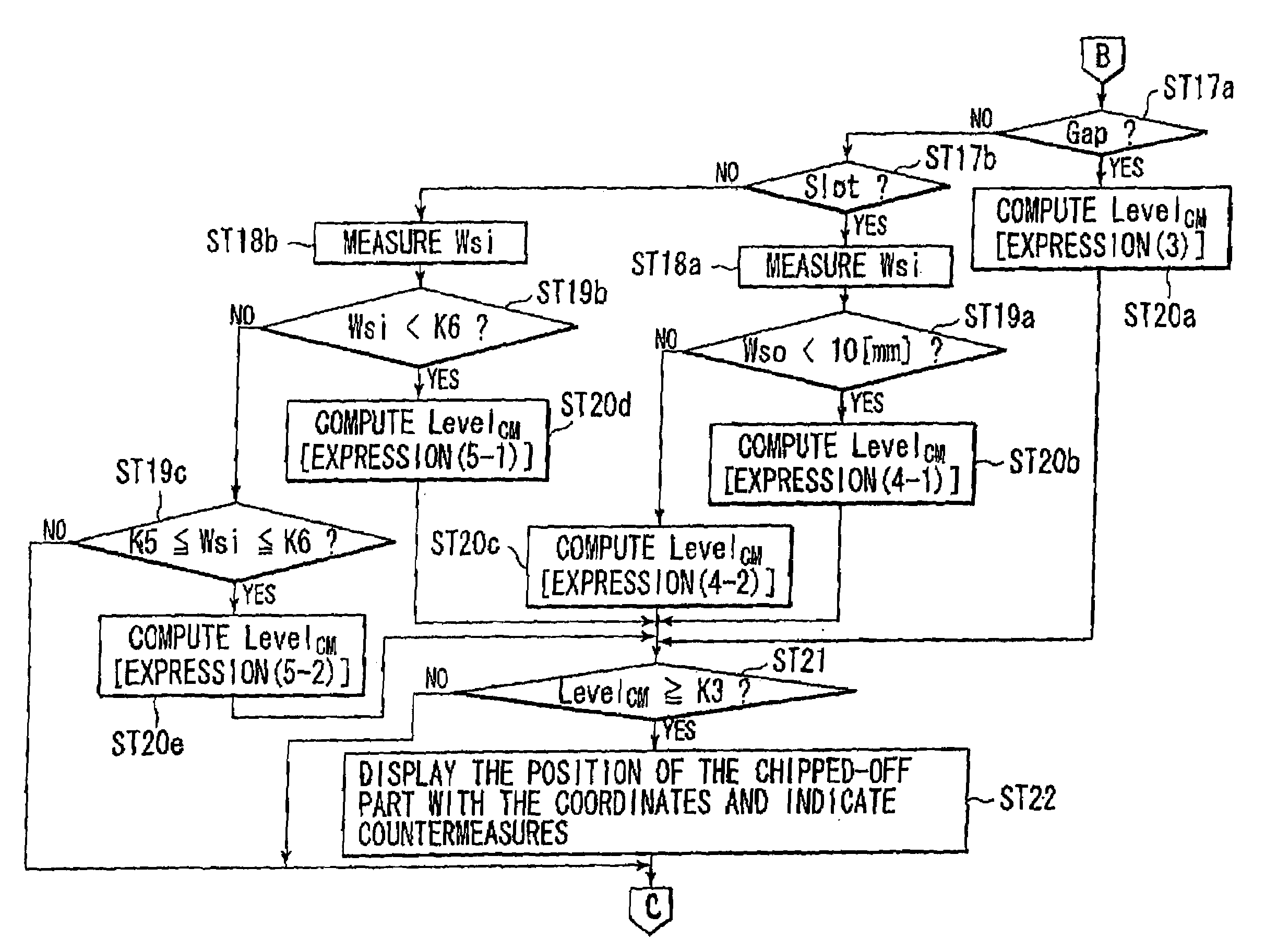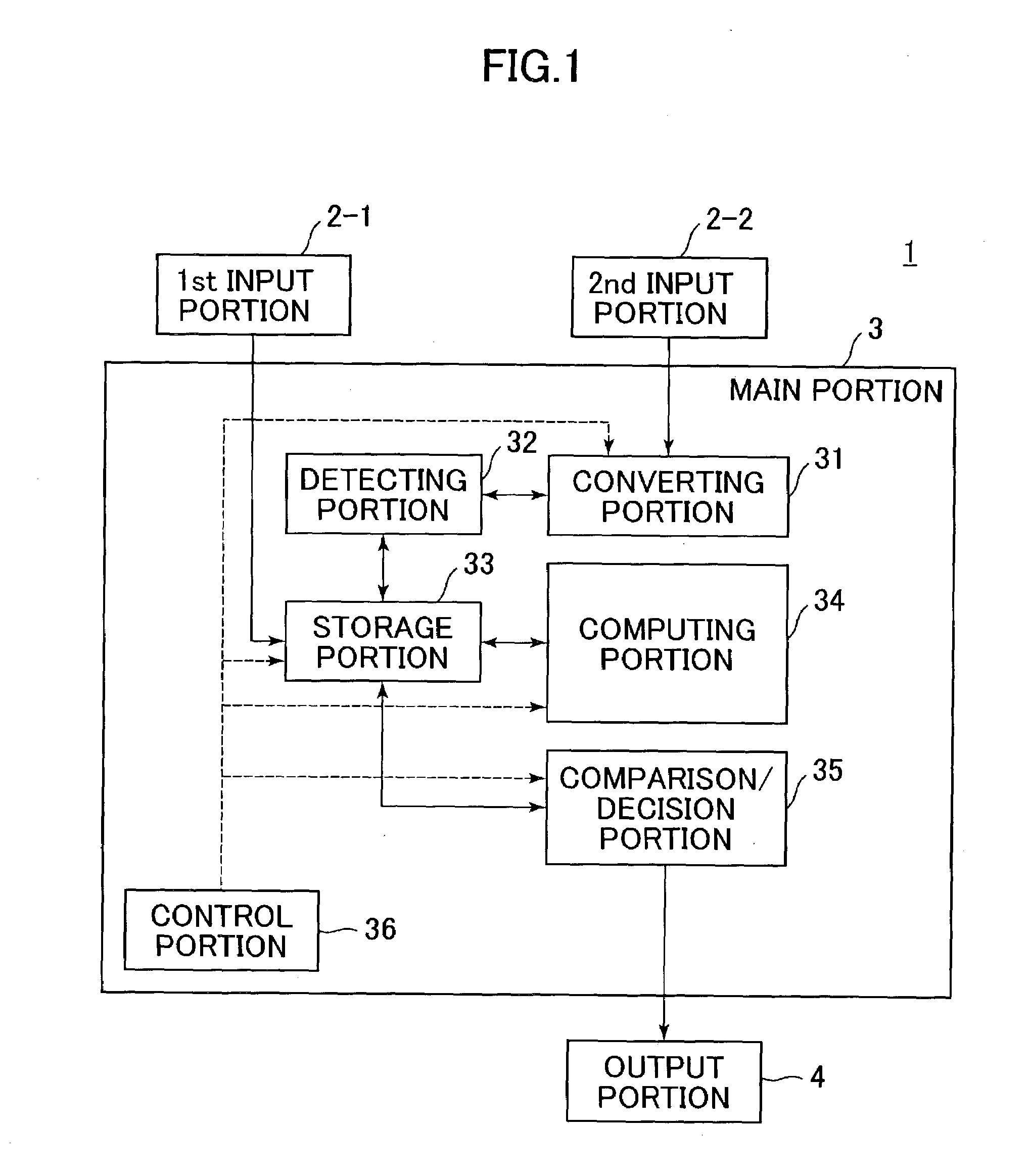Methods and apparatus for verifying circuit board design
a circuit board and design technology, applied in the direction of testing circuits, instruments, program control, etc., can solve the problems of the degree of influence of each of the parts, the inability of the plate to connect to the other by an electric conductor, and the inability to find gaps by visual inspection in a miniaturized high-density mounting printed circuit board, etc., to achieve the effect of easy setting of priorities, easy decision of priorities, and easy priority setting
- Summary
- Abstract
- Description
- Claims
- Application Information
AI Technical Summary
Benefits of technology
Problems solved by technology
Method used
Image
Examples
Embodiment Construction
[0041]Hereinafter, preferred embodiments of a method and an apparatus for verifying a circuit board design according to the invention will be described in detail with reference to the accompanying drawings.
[0042]FIG. 1 is a schematic block view illustrating the configuration of a verifying apparatus for verifying a circuit board design according to an embodiment of the invention.
[0043]A verifying apparatus 1 shown in FIG. 1 has a first input portion 2-1 and a second input portion 2-2, which are used for inputting various data, and a main portion 3 centered on a computer, and also has an output portion 4.
[0044]The first input portion 2-1 is constituted by input equipment, such as a keyboard, or an input interface, and is used for inputting initial condition data online or offline. The second input portion 2-2 is an input interface for inputting board data and IBIS (I / O Buffer Information Specification) model data online or offline after a tentative design is created. Alternatively, t...
PUM
 Login to View More
Login to View More Abstract
Description
Claims
Application Information
 Login to View More
Login to View More - R&D
- Intellectual Property
- Life Sciences
- Materials
- Tech Scout
- Unparalleled Data Quality
- Higher Quality Content
- 60% Fewer Hallucinations
Browse by: Latest US Patents, China's latest patents, Technical Efficacy Thesaurus, Application Domain, Technology Topic, Popular Technical Reports.
© 2025 PatSnap. All rights reserved.Legal|Privacy policy|Modern Slavery Act Transparency Statement|Sitemap|About US| Contact US: help@patsnap.com



